The texture of honey
As a natural product, the texture of honey will vary. If you’re somewhat of a sticky connoisseur, you will already have heard of terms like ‘creamed’ and ‘crystallised’. It’s the latter term that often affects the texture of honey and how it’s handled before it goes into the jar, so let’s dive into the different textures of honey.
Honey in its natural state
It’s a common myth that when honey crystallises, it means it’s ‘gone bad.’ But because of honey’s high sugar content and low water content, honey is one of the few natural products that doesn’t actually expire. In fact, it’s this sugar-to-water ratio that explains its crystallisation. Since it contains more sugar (glucose and fructose) than water, there isn’t enough water to keep these sugar crystals dissolved.
Creamed Honey
Since our honey is 100% raw and unpasteurised, crystallisation will naturally occur over time. But clumpy, crunchy honey isn’t overly appealing (or easy to spread on toast!) So how do we make our honey so buttery, velvety smooth?
How is creamed honey made?
Once harvested, all our honey is poured into 200L drums and placed in temperature-controlled storage.
The honey is then poured into a ‘tip tank’, which filters out any foreign bodies like tree bark, flower stems and insects. Our honey makers personally oversee and record each batch that comes into the factory.
It’s then sent through a slightly finer filter to catch any other debris (particularly beeswax!)
Filtering our honey ensures that it’s perfectly safe for you to eat, without losing any of its health benefits. Once the honey has passed through the filters, it ends up in giant 4.8 tonne tanks, ready to begin the creaming process.
‘Creaming’ refers to our cold-processing of raw honey, where it’s slowly and gently turned for 36-48 hours in these tanks to break up the dense, chunky crystals into fine, uniform crystals.
This is what gives our honey that silky smooth consistency which is adored by toast lovers all over the world.
From there, the honey is piped into the packing room for bottling, labelling and despatch. That’s all there is to it! There’s nothing to hide; nothing but nature.
Is creamed honey still raw?
When people hear the word ‘processing’, they instantly assume the product is no longer raw. The key thing to remember here is that we don’t add anything to our honey, or take anything away.
Overseas, many honey manufacturers add corn syrup or sugar syrup during processing. This is an easy way for them to increase the volume of their honey, reduce production costs, and ultimately maximise profits. However, it comes at the expense of the honey's natural purity and quality.
There are also laws against importing honey into New Zealand, so every jar of Egmont Honey is guaranteed to be sourced from native New Zealand wildflower sources such as Pohutukawa, Kānuka, Kāmahi, Rewarewa and Mānuka. Our honey is wildcrafted by honeybees and nothing else; no additives or preservatives, and certainly no artificial sweeteners!
All our honey is also 100% unpasteurised. Pasteurisation is a common industrial practice used to kill any potential harmful microorganisms or yeast in food products, including honey.
However, this process also has the side effect of altering the honey's natural composition. When honey is pasteurised, it is heated to high temperatures (typically around 71-85°C) and then rapidly cooled. This process can destroy some of the beneficial enzymes, antioxidants, and other unique compounds present in raw honey.
In contrast, unpasteurised honey is carefully maintained at lower temperatures, ensuring that these valuable health components remain intact.
So, science jargon and pollen sources aside, the answer is yes - our creamed honey is still raw and packed with health benefits!
How should I store my creamed honey?
Just like us, honey is a living thing and can be sensitive to the temperature! Ever noticed that during the summer, your honey seems a bit more syrupy?
We recommend storing your creamed honey out of direct sunlight, at 18°C or below to preserve its buttery smooth texture. At higher temperatures, the fine crystals in the honey are more likely to melt. This means that when the honey cools again, the crystals will reform without any consistency, producing that original grainy, crunchy texture.
If this does happen, don’t worry - your jar of creamed honey isn’t ruined! When you want to use it again, simply sit the jar in a shallow bath of warm water to dissolve the crystals.
Although honey doesn’t expire due to its high sugar content, it still needs to be stored correctly as moisture getting into the jar can cause it to ferment and spoil. So keep it sealed and out of the sun!
What’s the best way to enjoy creamed honey?
The thick, spreadable texture of our creamed honey lends itself perfectly to all recipes! It also contains various health benefits which affect how it should be used, so check it out below:
- Our Everyday Wellbeing range includes our table honey, which is a rich blend of native wildflower nectars including Rewarewa, Kānuka, Kāmahi, Põhutukawa etc. It also includes our multifloral Mānuka range (MGO 50+ to MGO 100+). This is the go-to range for a natural sweetener that supports everyday wellness. These creamy honeys can be used generously as a spread, or as a healthy alternative to refined sugars in cooking and baking.
- Our Soothe & Vitality range is the next step up in potency, encompassing UMF 5+ to UMF 15+. This range of active monofloral Mānuka Honey is designed to support everyday health and wellness for the more health-conscious consumer. This range of Mānuka Honey should be used as a healthy food topping or added to beverages for a daily boost of vitality.
- Finally, our Intense Support range is our premium UMF 20+ to UMF 25+ Mānuka Honey. With high levels of antibacterial activity, this is designed for potent support during periods of unwell. Enjoy straight off the spoon, add to tonics, teas or elixirs, or use topically to support general skincare.
Conclusion
The texture of honey is a pretty fascinating aspect of this natural, living product. Terms like 'creamed' and 'crystallised' are often associated with honey - but it's important to note that creamed doesn’t mean it’s no longer raw or natural, while crystallisation doesn't mean it’s gone bad. So are you ready to try our velvety table honey or dense, rich Mānuka Honey for yourself? Check out our range, as well as our number of sweet and savoury recipes!



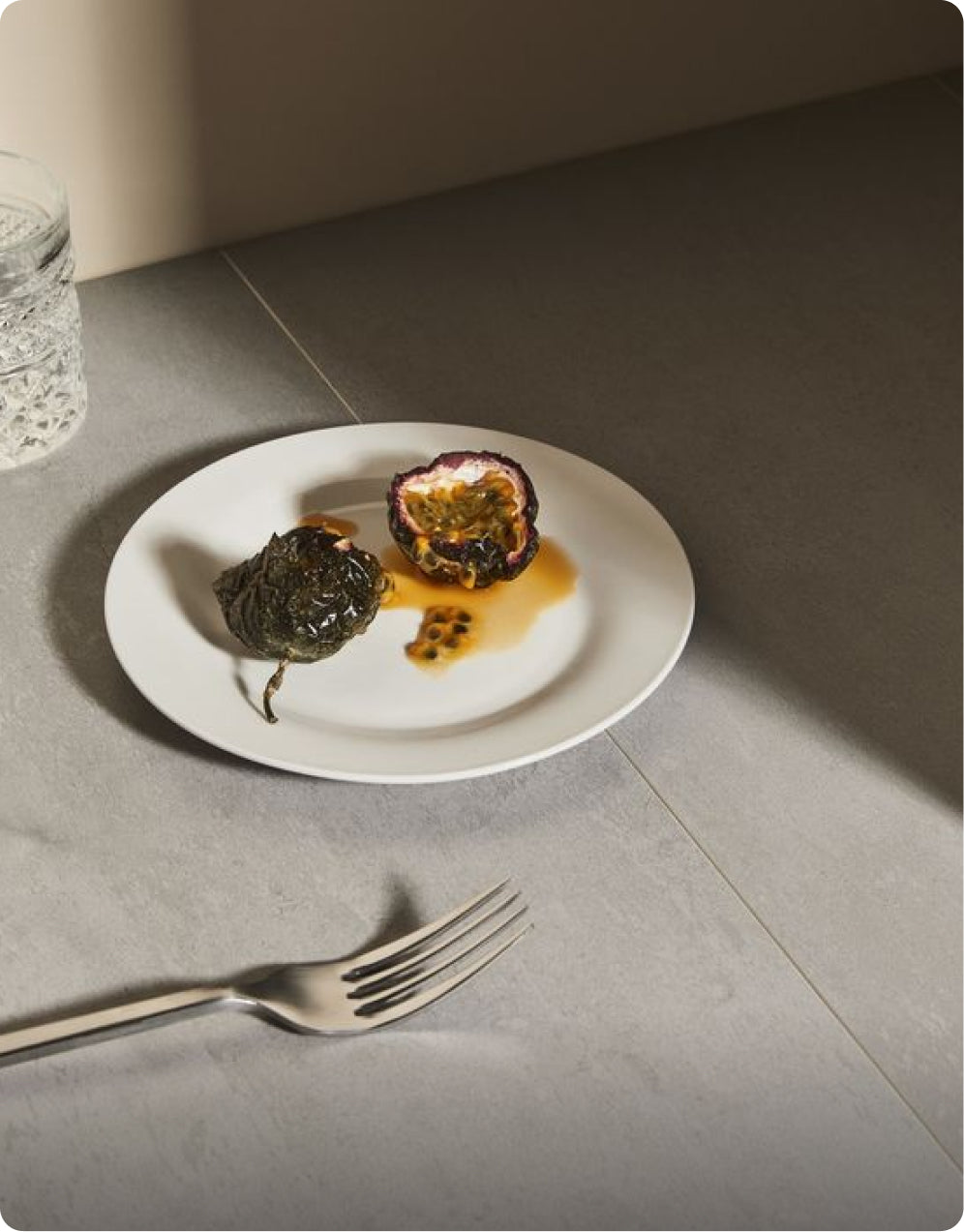
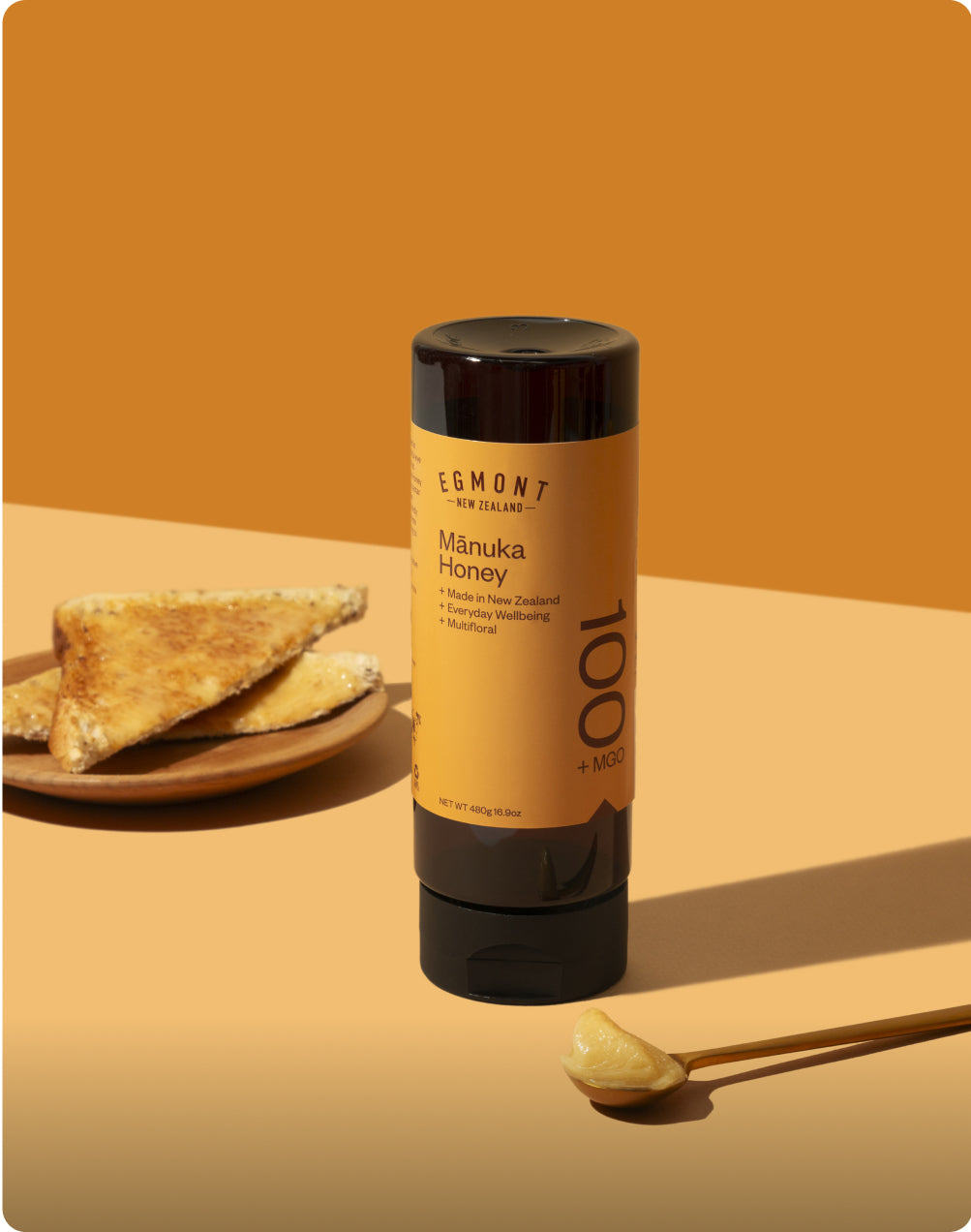
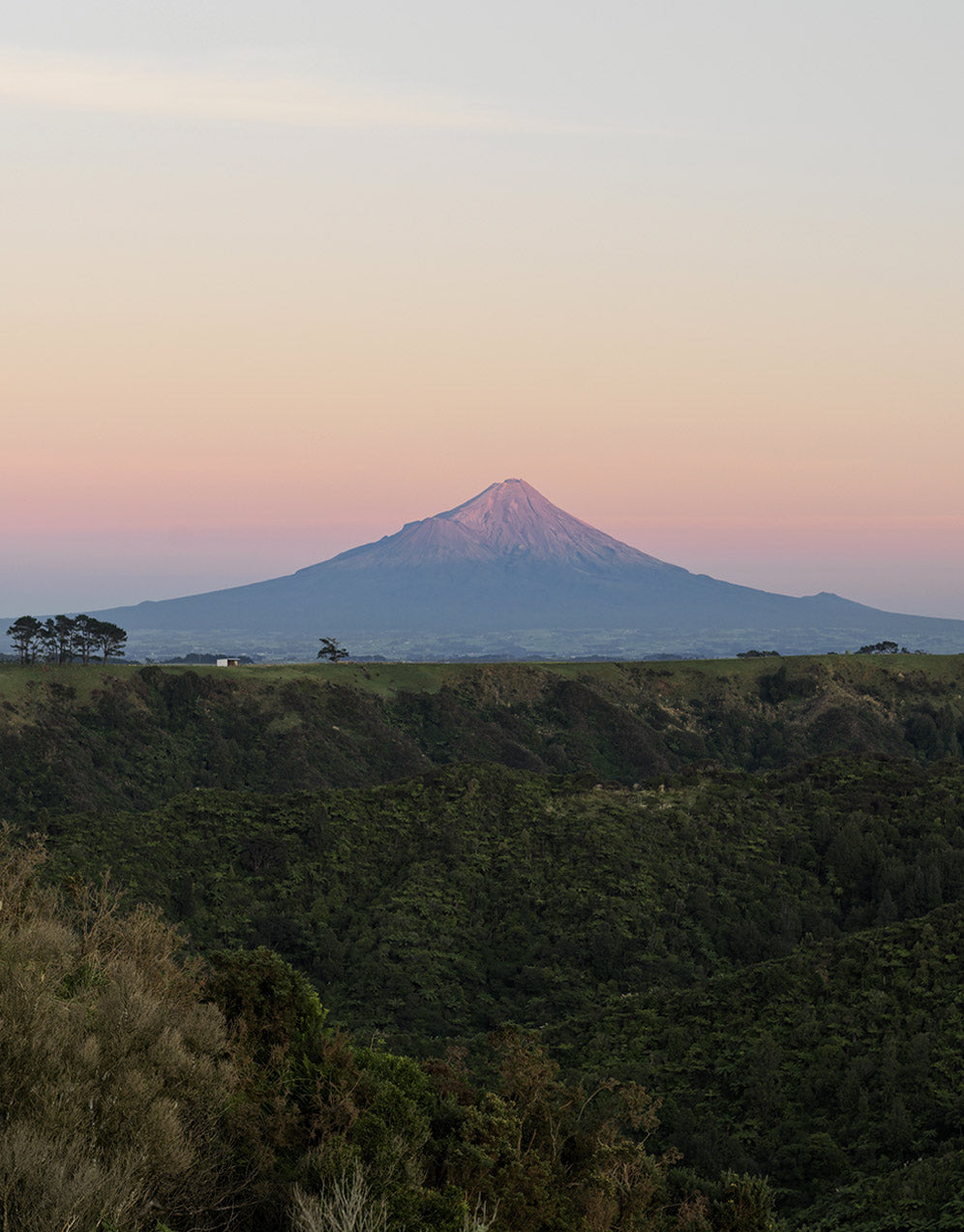
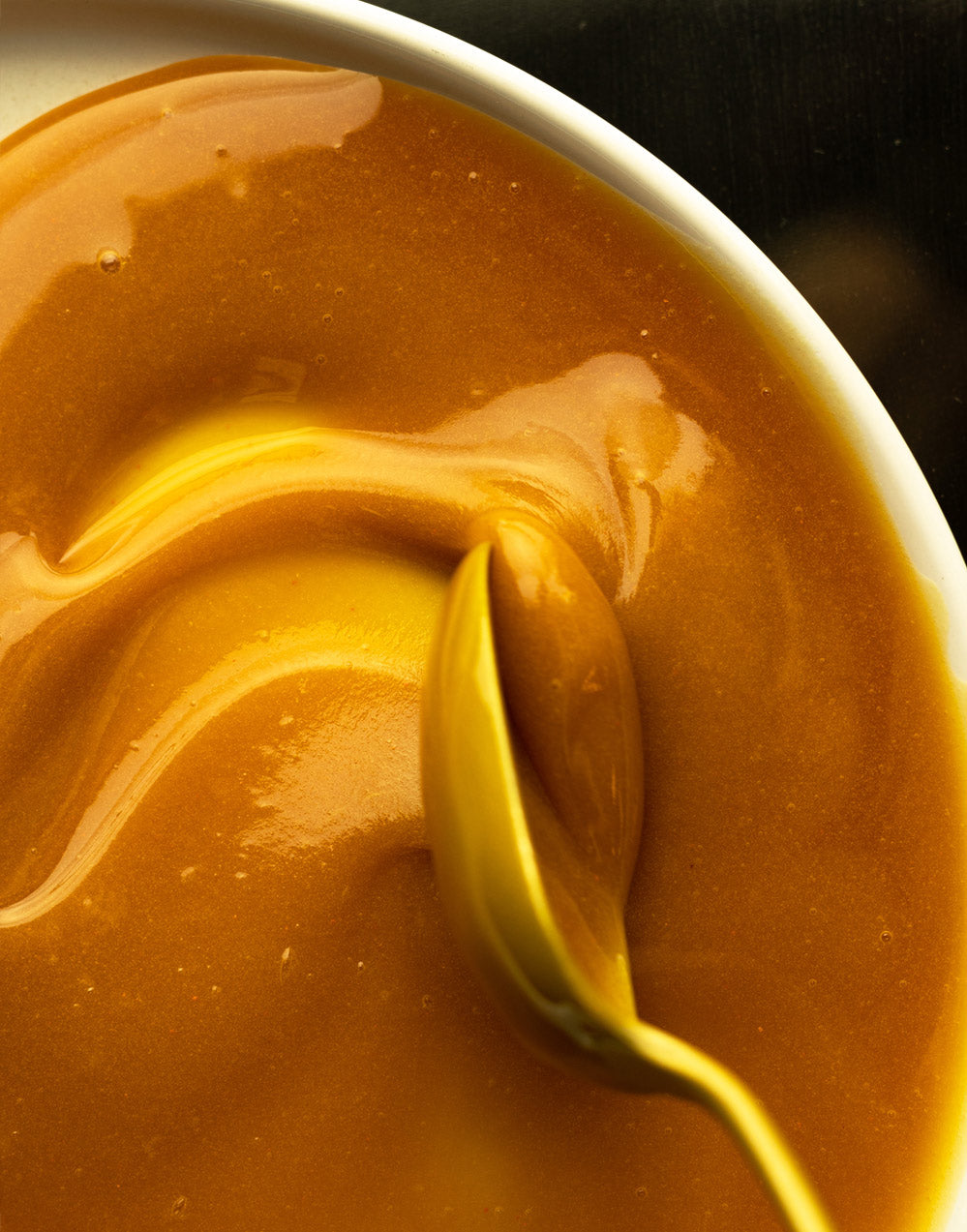
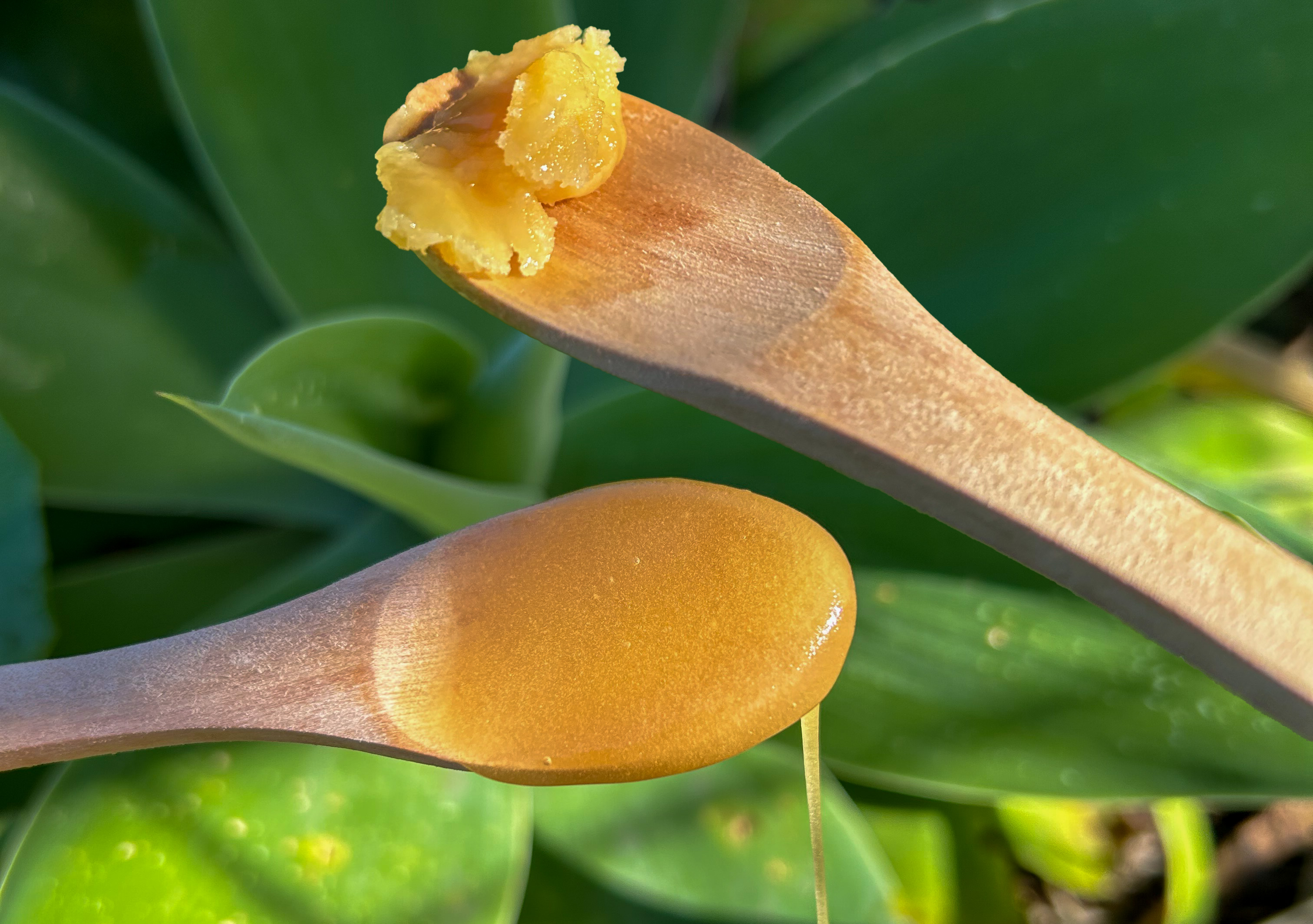
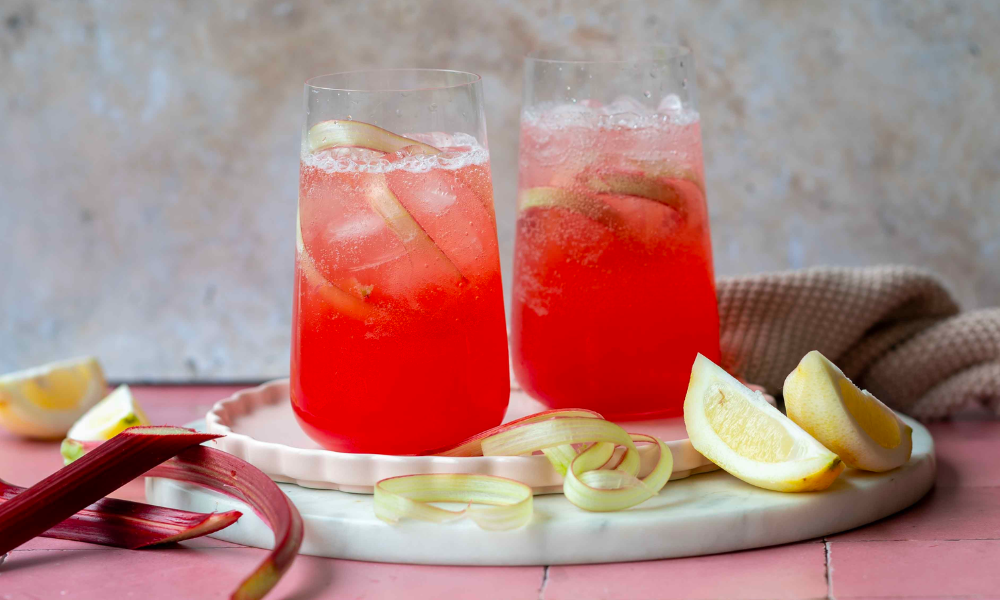
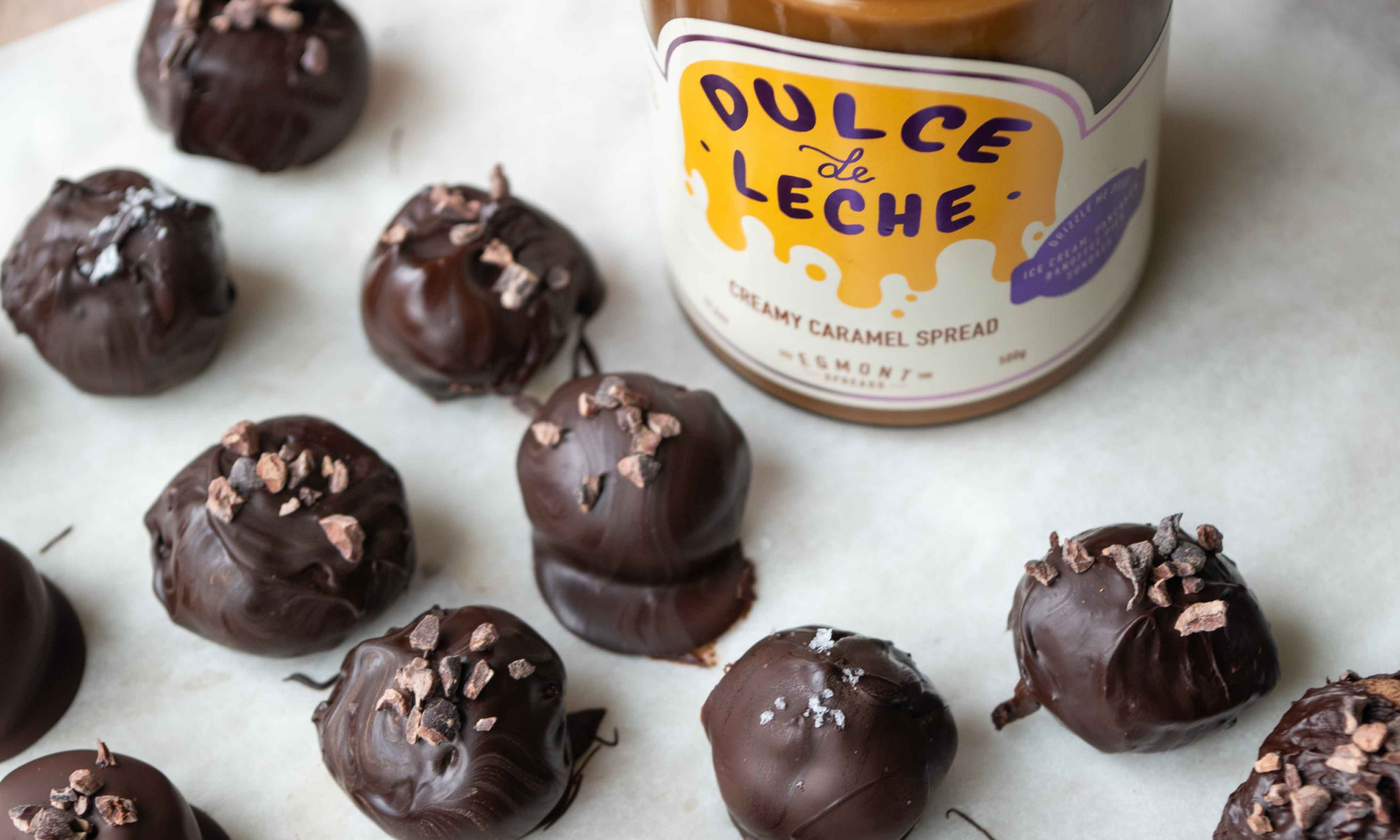
Leave a comment
This site is protected by hCaptcha and the hCaptcha Privacy Policy and Terms of Service apply.